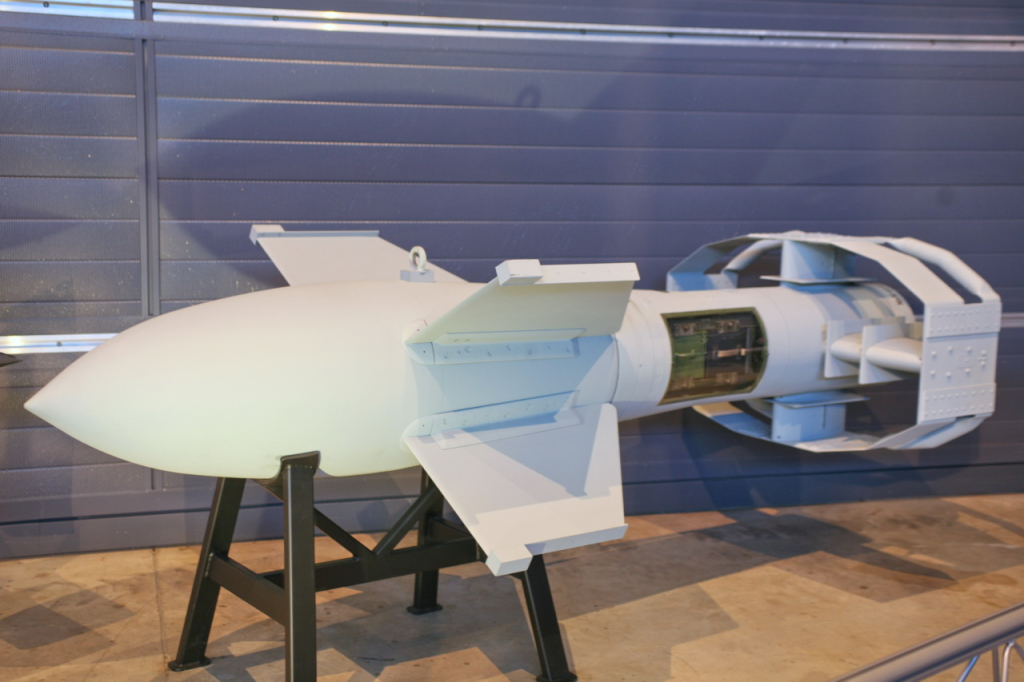
It started with a detonation in Poltava one that flew further than Ukrainian defenders of the skies had expected. On October 20th, Russian troops used modified guided aerial bombs (GABs) with rocket motors, extending their reach well outside conventional ranges. This technical advancement is no mere wartime footnote; it is a sign that the skies are going to be a different place come winter.

These upgrades are part of a larger Russian doctrine to use low-cost, high-volume accuracy munitions that saturate defenses without putting aircraft in danger in contested skies. The economics, countermeasures, and mechanics of these newer bombs are essential for Ukraine’s planners as well asdefense experts to grasp globally. The following are seven essential points on Russia’s increasingly advanced glide bomb technology, tactics, and implications.
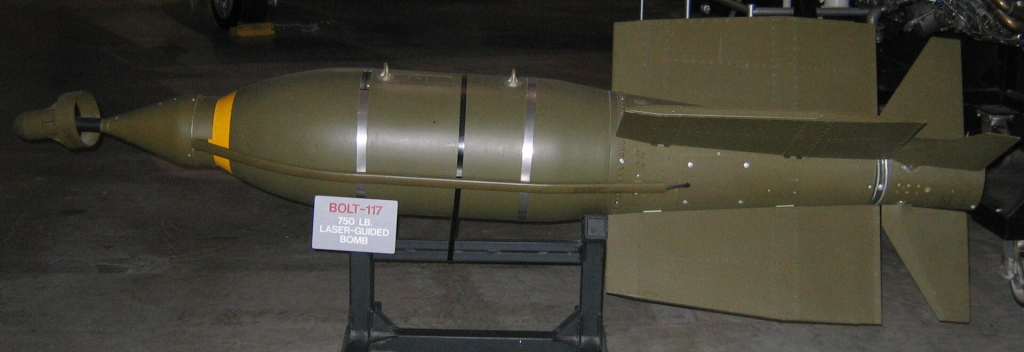
1. Long Range with Rocket Propulsion
Existing GAB casings are fitted with rocket motors under current Russian upgrades, boosting operational range from 60 km to 100 to 140 km. Ukrainian intelligence has tracked even longer ranges up to 193 km on certain tests. This upgrade puts Russian aircraft deep within Ukrainian territory while remaining outside most front-line air-defense umbra. The October 20 attack on Poltava made it clear that locations once regarded as safe now are within range, which is shifting strategic calculations in terms of both military as well as civilian protection of installations.
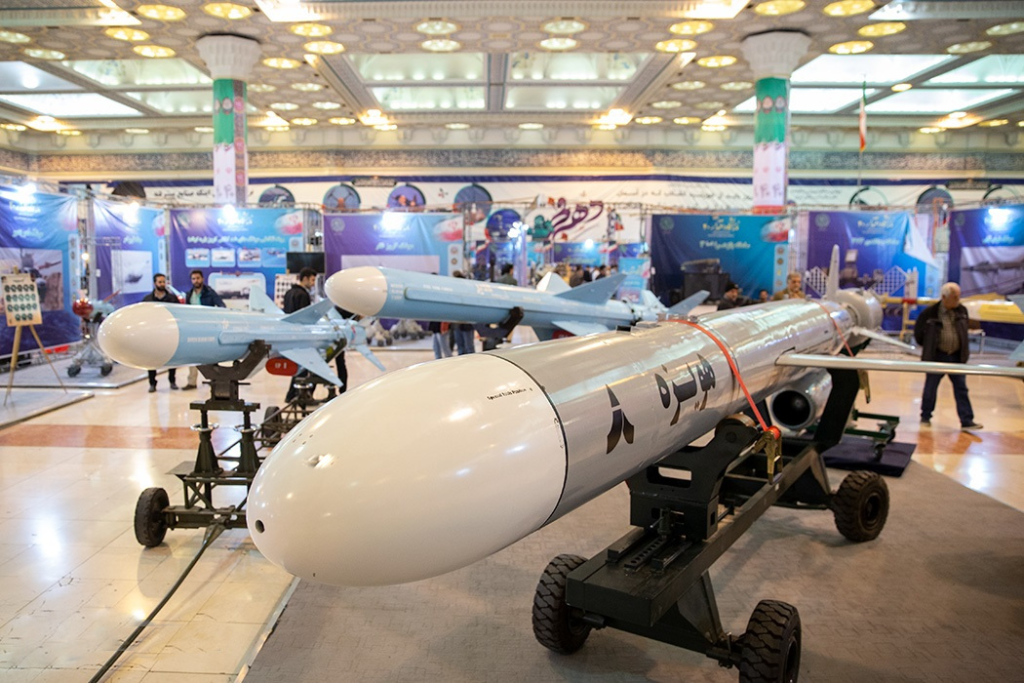
2. Cost Advantage Over Missiles
Economics are a determining factor in Russia’s choice of modified GABs over cruise missiles. The standard GAB is roughly $70,000 in price, while modified ones are in the range of $250,000 to $300,000. In comparison with a single cruise missile that can reach nearly $1 million in expense, it is obvious why Russia would prefer to stockpile GABs en masse. This pricing disparity makes saturation attacks that would be far too costly undertaken with missiles alone possible with GABs.
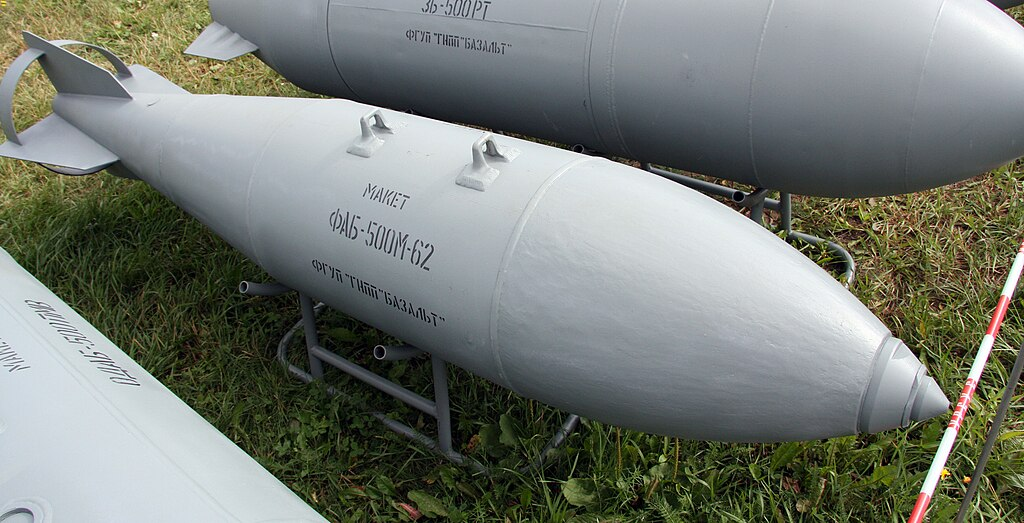
3. Diversity of Types of Bombs Used
The Russian troops use several GAB versions with different aims in view. The UPAB-1500V with 1.5 tons’ weight including almost a ton’s worth of explosives is used for hardened structures such as railway bridges and command posts, gliding as far as 50 km when it is dropped from 15 km altitude. The FAB-500 is another 500 kg high-explosive bomb with wings and GPS that is used more commonly, with ranges over 50 km without encroachments on Ukrainian air-defense sectors. More advanced types like the Grom-1 and Grom-2 combine propulsion with ranges up to 200 km with a mix of glide-type and missile-like characteristics.
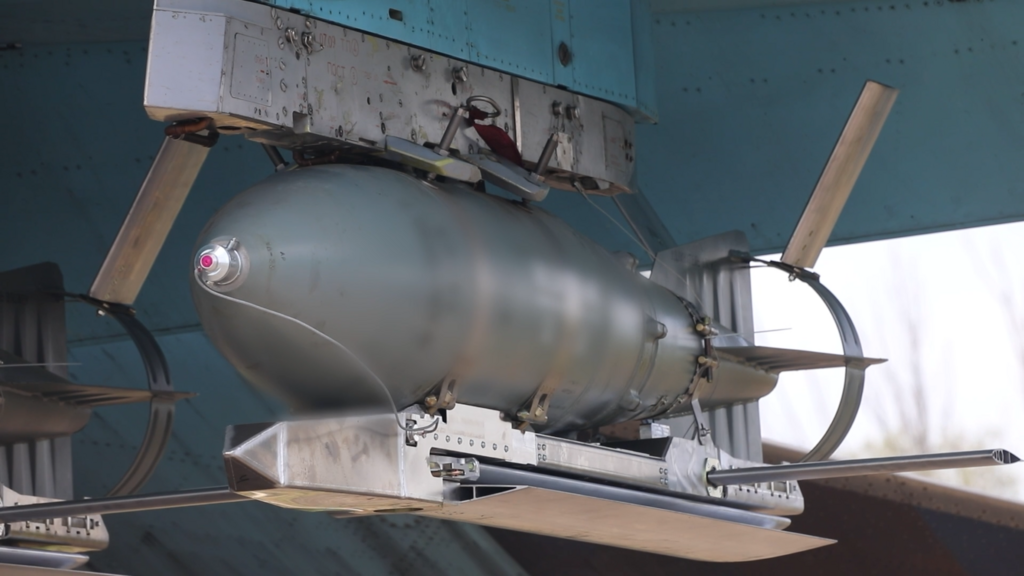
4. Chinese Rocket Motor Integration
Aviation specialist Anatoliy Khrapchinsky has pointed to Russia’s refitting of old Soviet bombs with UMPK kits and Chinese modern rocket motors. The motors, commonly employed in model rockets and which are not subject to exports bans, increase range dramatically while maintaining affordable prices. The flexibility of UMPK modules producible in minimal CNC-equipped facilities allows Russia to quickly increase production levels to multiply numbers of long-range precision strikes without having to depend on sophisticated supply lines.

5. Saturation Tactics Against Air Defenses
Russia’s glide bomb deployment is part of a systematic attempt to saturate Ukrainian air defenses. By launching large numbers 175 on one day in October Moscow exploits the economic disparity between cheap munitions and expensive interceptors. The NATO’s Allied Command Transformation notes that glide bombs’ low thermal signature and high speed make them difficult to counter, especially when combined with drones and missiles in joint salvos. This tactic forces Ukraine to burn through valuable surface-to-air missiles that it already lacks.

6. Rising Countermeasures and Innovations
The Alliance’s latest Innovation Challenge demonstrated solutions to the glide bomb threat from AI-capable early detection platforms to inexpensive drone interceptors. The top French team, Alta Ares, suggested embedded AI for fast recognition and identification, allowing troops to employ jamming or seeking cover. Other proposals mentioned included GNSS spoofing to deceive bombs, portable AESA radars for mobile platforms, and microwave guns to cripple electronics. The layered security solutions are designed to counter the affordability gap with scalable, fast-response options.

7. The Air War’s Strategic Implications
Massification of long-range glide bombs upends the air war dynamics. The large number of cheap threats that test Ukraine’s Western-supplied short-range air defenses like PAC-3 Patriots and NASAMS is hard to counter. Stock shortages in SAMs already exacerbated by aid supply delays can tip the attrition balance in Russia’s favor, pointed out Giorgio Di Mizio and IISS’s Douglas Barrie. Khrapchinsky argues that the only long-term fix is to hit Russian aircraft on bases within a 300 km radius with mid-strike drones or ATACMS rather than interdicting single bombs.
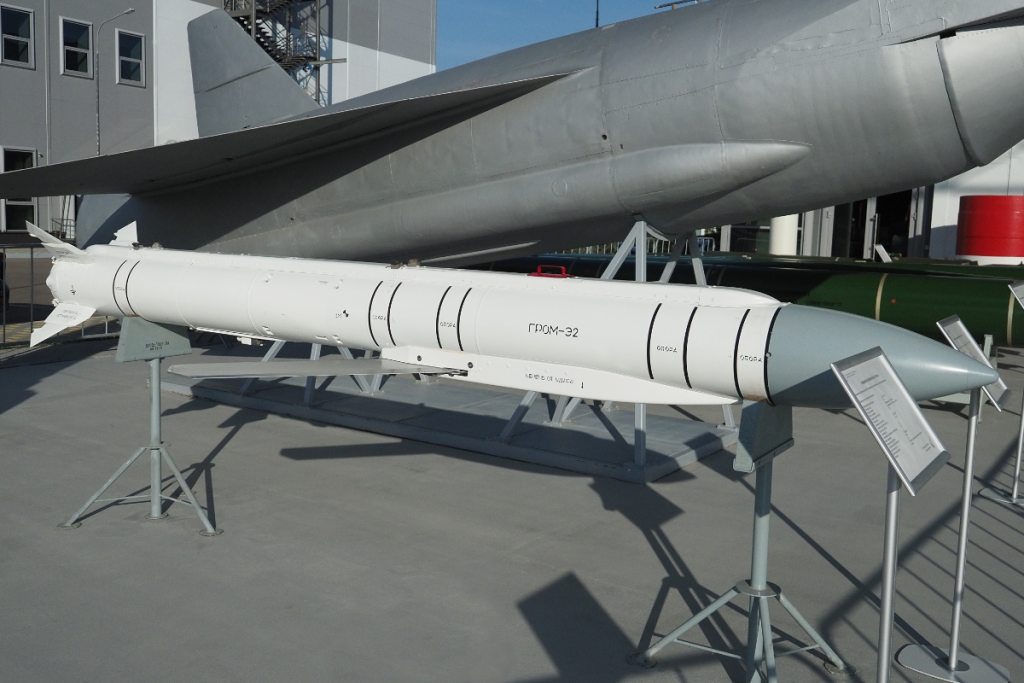
Russia’s new glide bombs represent a marriage of cost-effectiveness, technical breakthroughs, and tactical responsiveness. Their longer range and mass-deployment capacity aim to compromise Ukraine’s defensive strength unless it is matched by equally responsive countermeasures. For technologists of defense as well as for planners of the military kind, the puzzle is not so much that of intercepting such munitions as it is that of transforming the larger strategic landscape that makes them possible.


